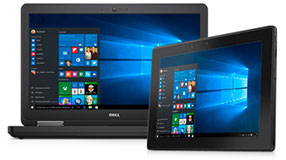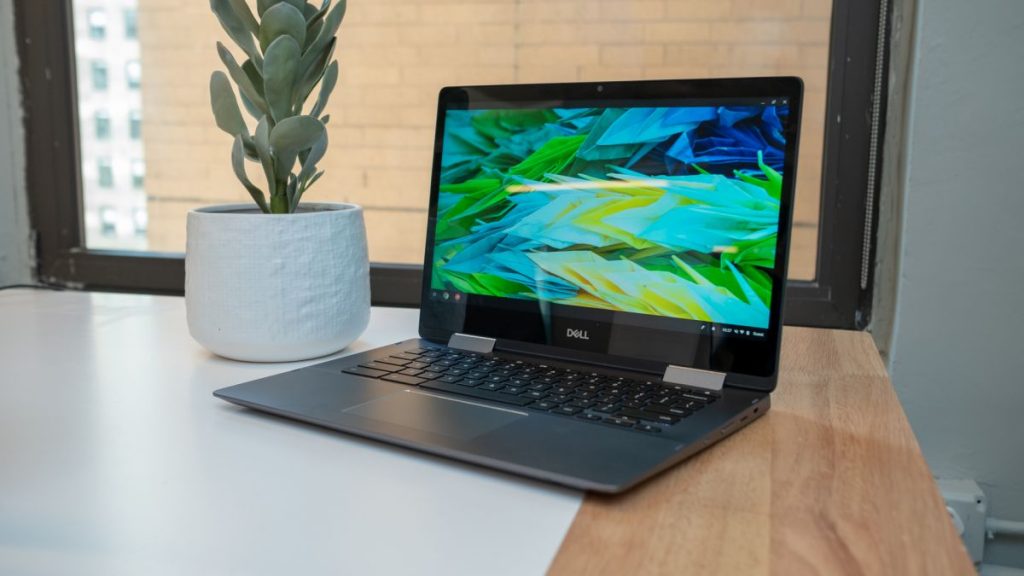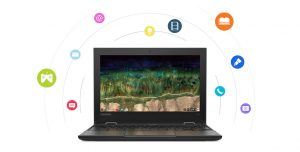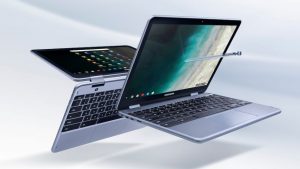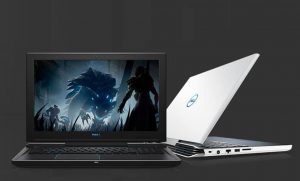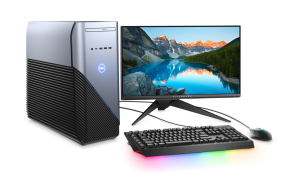As far as the keyboard attachment, it (dun-dun-dun) costs an extra $150 dollars. This 5.5mm keyboard attaches to the body of the tablet via magnets, and when in laptop-mode, make for a cute little 10-inch laptop. One thing it won’t do is fancy alternation tricks like other 180-degree hybrids because the magnets only connect in one place. Other features include an 8MP camera, an Nvidia Tegra X1 SoC, Maxwell-based GPU, and a competitor-beating 9,000mAh battery. This base model runs for $500 (plus $150 for that keyboard), and comes with 3GB of RAM and 32GB of storage (Computer World).
It’s obvious that you could get some good screen time out of the Pixel C, thanks to its high ppi and battery life. It won’t impress when it comes to software multi-tasking and productivity, as Google has some serious recalibrating to do. Take into account the touchscreen issue, but you should still be able to play some Android games without too many hiccups. All in all, this isn’t one of those tablet-to-laptops that could replace your laptop. If you asked me, I’d like to think of the Pixel C as a tablet that has the option of whipping out a keyboard if I wanted to answer a quick email. But for $650, I’d rather just use my laptop.

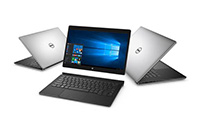 Laptop & Tablet Parts
Laptop & Tablet Parts


